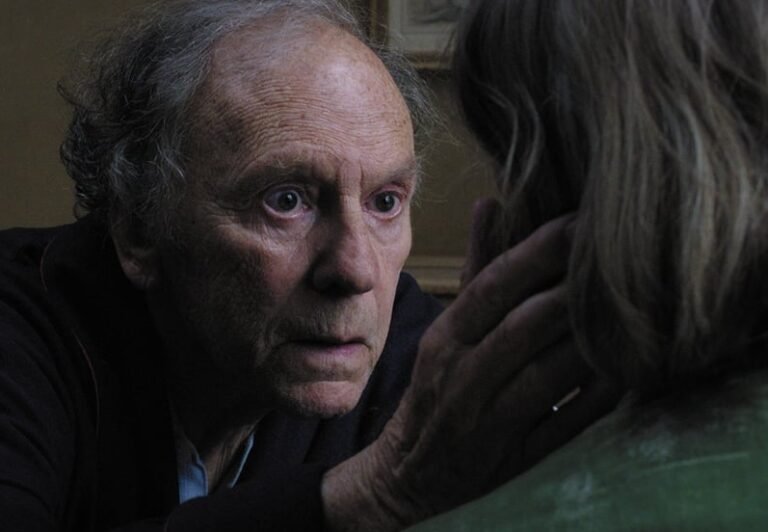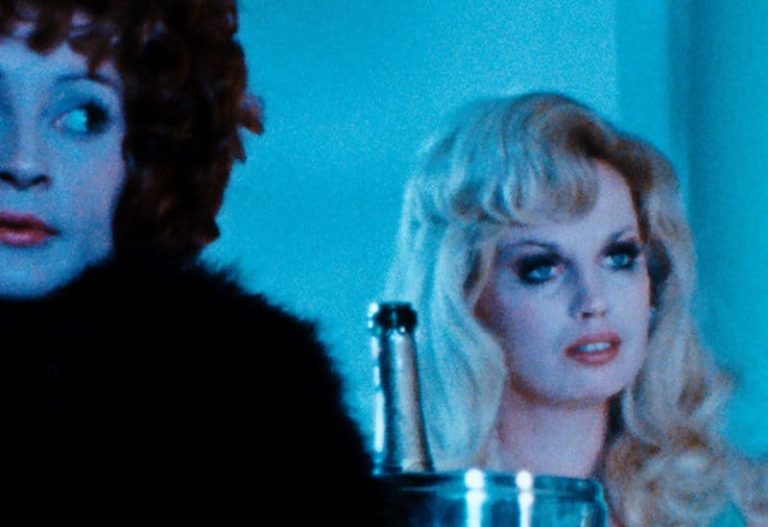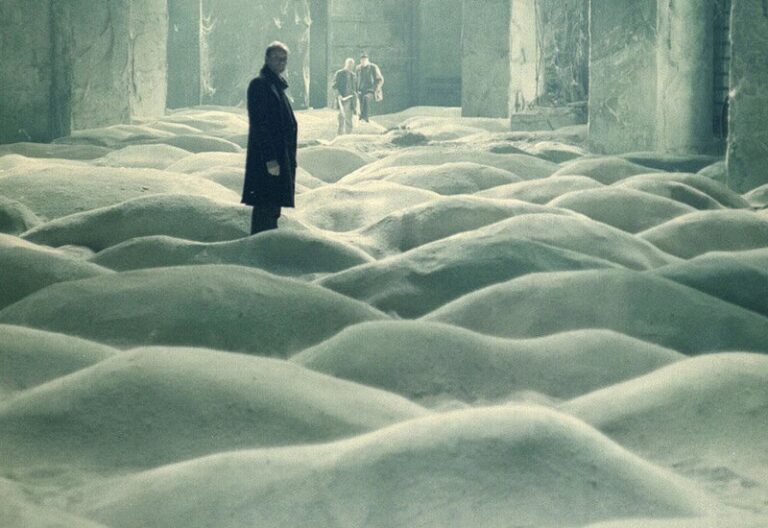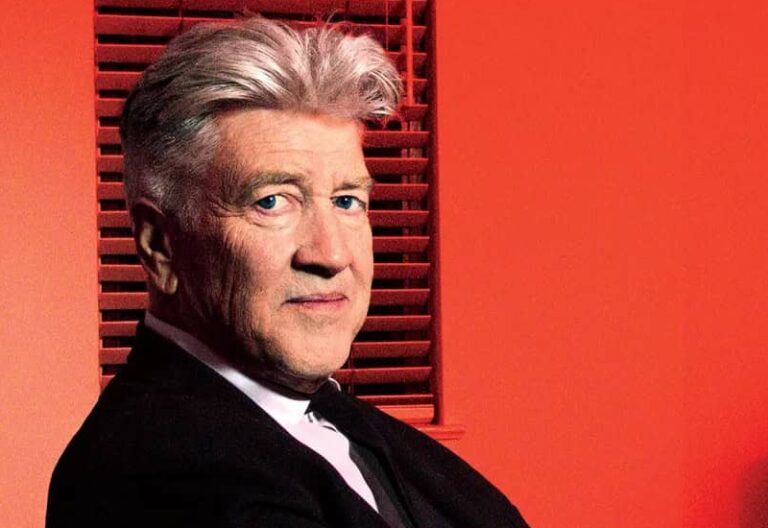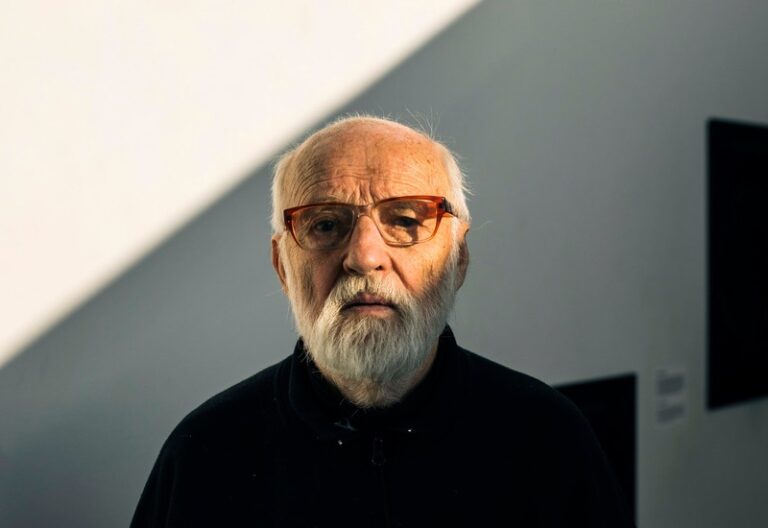where to begin with michael haneke
Bleak, unflinching, and thought-provoking are just a few words often used to describe Austrian born auteur Michael Haneke who is known for challenging audiences by shining the light on the darker sides of society.
Written by: Max Palmer | Filed Under: Film Blog
Born in Munich in 1942, Haneke didn’t make his feature film debut until 1989, at the age of 47. Before that, he spent years working in television and theatre, where he developed the minimalist and emotionally restrained style that would come to define his films.
Because of Haneke’s reputation for making emotionally intense and challenging films, many viewers don’t know where to start. While Funny Games (either version) is often recommended as a starting point due to its notoriety, however I think it’s a poor entry since its shocking content and frequently misunderstood message can alienate newcomers.
So, where to start with Michael Haneke?
A better starting point is The Piano Teacher (2001), which lingers in the mind long after viewing. It is a film that explores sexual repression, control, and desire in ways that are both disturbing and deeply human without ever straying into sensationalism. It strikes a perfect balance between emotional complexity and Haneke’s trademark realism.
The film follows Erika (Isabelle Huppert) who is a repressed and emotionally volatile piano teacher at a conservatory in Vienna, who develops a dangerously obsessive relationship with one of her students (Benoît Magimel). The film is based on a novel by Nobel-winner Elfriede Jelinek which isn’t essential to read before watching the film since both the book and the film are great pieces and easily stand on their own.

The film is one of cinema’s most compelling studies of sadomasochistic dynamics, a theme rarely explored with such psychological depth and care outside of films like In the Realm of the Senses (1976) and to an extent Salò, or the 120 Days of Sodom (1975).
It’s impossible to discuss The Piano Teacher without praising Isabelle Huppert’s extraordinary performance. Her portrayal of Erika is haunting, precise, and emotionally devastating and is one of the great screen performances of the 21st century. It’s a genuine surprise that it didn’t receive an Oscar nomination.
After The Piano Teacher, a natural next step is Haneke’s debut, The Seventh Continent (1989) which is arguably his most disturbing film. What’s remarkable is that it achieves this without graphic imagery. The film follows a middle class family on the same day for three years and their day to day life. As the film goes on a dark rumble gets louder and louder, you get hints of what is going to happen but you don’t want to believe it. This is one of those films where it is best to go into it blind and let the story reveal itself for you.
The film is a lot more sinister than The Piano Teacher because it is also based on a true story that Haneke read in the newspaper. However this is a film that requires your attention at all times since there is very minimal dialogue during the first day but what they don’t say becomes incredibly important later on.
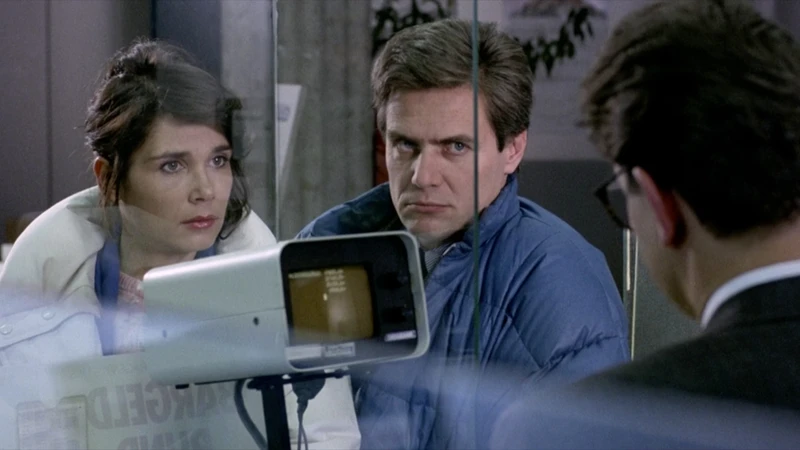
While The Piano Teacher and The Seventh Continent show Haneke’s fascination with personal repression and existential dread, Caché (2005) marks a shift towards a larger social and political critique. Haneke moves beyond the internal struggles of isolated individuals to examine the collective guilt of a nation and how the past, no matter how deeply buried, always finds a way to resurface.
Caché follows a seemingly comfortable Parisian couple, Georges (Daniel Auteuil) and Anne (Juliette Binoche), who begin receiving anonymous videotapes showing surveillance footage of the outside of their home. As Georges attempts to discover who is making the tapes, the mystery gradually reveals disturbing truths about his childhood and France’s violent colonial past.
With its long static shots and ambiguous morality, Caché is a masterclass in unease which forces the viewer to question not just what they’re seeing, but what they themselves are complicit in.
However not every Haneke film is an ideal entry point. A lot of his films are best approached only after gaining some familiarity with his themes and style. This isn’t to say the films are of a lower quality, it just means they may be off putting to a lot of first time viewers. So before diving headfirst into Haneke’s darker corners, it’s worth knowing which films to avoid, at least at the beginning.
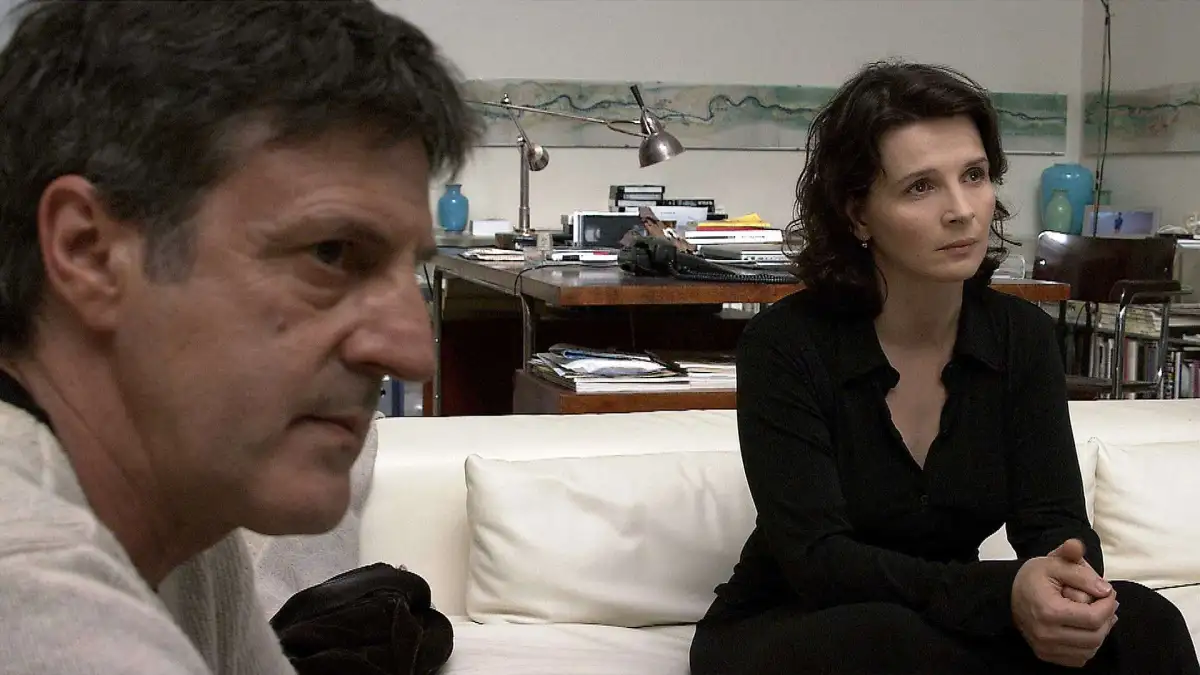
One of my personal favorites, Benny’s Video (1992), is also one of the last films I’d recommend starting with. It’s an early but potent example of Haneke’s fixation on media, detachment, and the erosion of moral boundaries.
The story follows a teenager called Benny who is deeply fascinated by violent media. This leads to him making some of his own. Haneke presents everything with his signature restraint which includes long static shots, minimal dialogue, and a refusal to provide emotional cues or moral guidance.
What makes the film so powerful is its cold tone, emotional distance, and implicit critique of media violence can also make it incredibly alienating for first-time viewers. Without a sense of how Haneke constructs discomfort and implicates the audience, it risks coming off as simply bleak or unwatchable.
Another film that can challenge new viewers is Time of the Wolf (2003). Which is set in a vague, post-apocalyptic world as it shows a small group of survivors struggling in the aftermath of a societal collapse. Unlike more conventional dystopian stories, Haneke avoids clear explanations or dramatic action. The film is slow and deliberately ambiguous which creates a feeling of unease and disorientation.
Isabelle Huppert leads a strong cast, but the characters remain emotionally distant, caught in a bleak world where hope feels fragile and survival is uncertain. This minimalism and lack of emotional guidance can make the film feel alienating, especially if you’re not already familiar with Haneke’s style.
Michael Haneke’s films are not easy to watch. They demand emotional investment and a willingness to confront uncomfortable truths about violence, alienation, and the human condition. Yet, within this bleakness lies a strong artistic vision and a unique cinematic voice that rewards patience and reflection.
Ultimately, Haneke’s cinema is a journey and is one that doesn’t shy away from darkness but it asks us to look into it with clear eyes. While not everyone will find comfort there, those who do discover a filmmaker whose work lingers long after the credits roll.

Author
Written by Max Palmer. Based in North Wales Max has had an admiration for films ever since he got Pinnochio on DVD for his third birthday, since then he has grown to be a fan of anything and everything from David Lynch to Hayao Miyazaki. However his heart has a special place for anything shocking and underground.
Arthouse film refers to a category of cinema known for its artistic and experimental nature, usually produced outside the major film studio system. These films prioritize artistic…
Georges and Anne are in their eighties. They are cultivated, retired music teachers. Their daughter, who is also a musician, lives abroad with her family. One day…
New German Cinema or Neuer Deutscher Film, is a film movement that started in the late 1960s, and thrived throughout the 1970s and 1980s. It represents a significant turning point…
The development of slow, or contemplative cinema is rooted in the history of film itself. Understanding slow cinema involves examining its evolution from early influences to its…
Auteur theory is a critical framework in film studies that views the director as the primary creative force behind a film, often likened to an “author” of a book. This theory suggests…
Jan Svankmajer is a Czech filmmaker known for his surreal animations which use a wide variety of techniques ranging from claymation to puppetry to paper cutouts. He was a leading…


